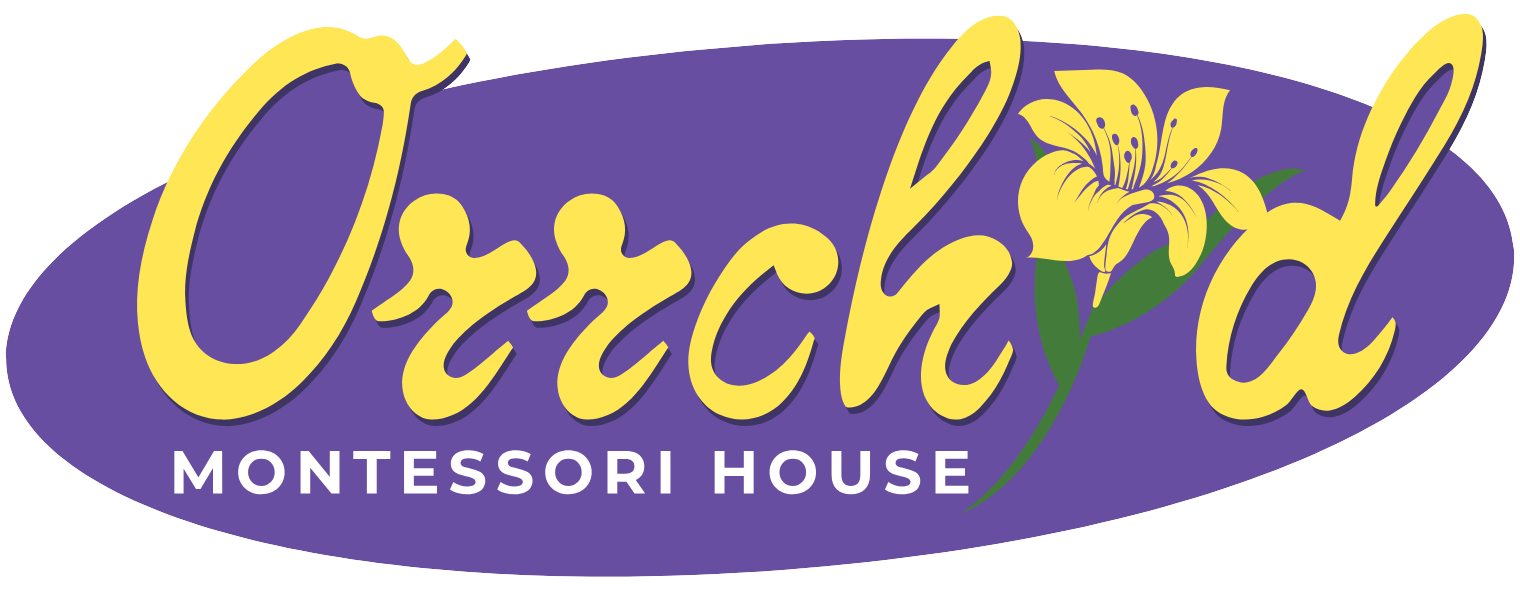Introduction
When parents hear “Montessori at home,” they often imagine expensive wooden toys, designer shelves, and curated aesthetics. But the truth is, you don’t need a big budget to bring Montessori principles into your home.
At its core, Montessori is not about fancy materials — it’s about respecting the child, encouraging independence, and creating a calm, purposeful environment.
In this blog, we’ll explore how to create a Montessori-friendly home using what you already have — with minimal spending and maximum love.
🧠 First, What Is a Montessori-Friendly Home?
A Montessori home environment is one that:
-
Respects your child’s need for independence
-
Encourages freedom of movement and choice
-
Provides real-life learning experiences
-
Is calm, organized, and child-accessible
-
Invites concentration, care, and creativity
The goal is not to recreate a classroom — but to make your home a place where your child can explore, contribute, and thrive.
💡 Budget-Friendly Montessori Ideas for Every Room
🛏️ 1. In the Bedroom: Create a Space for Independence
-
Low bed or floor mattress: No need for fancy frames — just a safe mattress on the floor gives your child freedom to get in and out on their own.
-
Child-height clothing rack or basket: Use a simple hook, low rail, or crate to let your child choose their clothes each morning.
-
Minimal, tidy layout: A clean space with only a few accessible items promotes order and calm.
🪄 Tip: Repurpose furniture like bookshelves for clothing or toy display.
🍽️ 2. In the Kitchen: Involve Them in Daily Life
-
Low shelf or drawer with plates, cups, and snacks: Children love being able to serve themselves.
-
Child-sized tools: Buy or DIY a small pitcher, tongs, or butter knife for safe food prep.
-
Step stool: Help them reach the sink or counter so they can wash hands or help cook.
🪄 Tip: Use thrift stores or budget markets to find tools. Even measuring cups can become learning aids!
🧼 3. In the Bathroom: Encourage Self-Care
-
Low mirror and stool: So they can brush teeth or wash hands independently.
-
Basket with toothbrush, comb, and wipes: Simple, accessible routines teach responsibility and hygiene.
🪄 Tip: Reuse small containers or baskets from around the house to organize items.
🧺 4. In the Living Area: Simple, Engaging Learning
-
Rotating toy shelf: Instead of many toys, offer 4–6 on a low shelf and switch them weekly.
-
DIY learning materials: Use beans for scooping, clothespins for fine motor skills, or pour water between jars.
-
Reading nook: A floor cushion and a small basket of books in a cozy corner does wonders.
🪄 Tip: Avoid overloading with plastic or electronic toys. Focus on open-ended, real-life materials.
🌿 General Montessori Tips (That Cost Nothing)
-
Slow down. Allow your child to do things for themselves, even if it takes longer.
-
Involve them. Invite your child to help fold laundry, sweep, or prepare snacks.
-
Observe. Notice what your child enjoys, repeats, or struggles with — this tells you what they’re ready to learn.
-
Declutter. A calm, simple space helps your child focus better.
🧡 Final Thoughts
Montessori at home isn’t about perfection — it’s about presence. With a few thoughtful adjustments and a mindset of respect and patience, you can create an environment where your child feels capable, confident, and valued — all without breaking the bank.
At Orchid Montessori House, we encourage parents to see the home as the child’s first classroom. Whether big or small, simple or styled — it’s the intention behind the space that truly matters.
